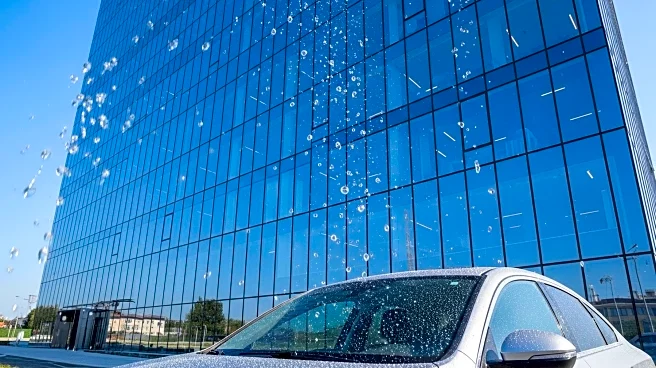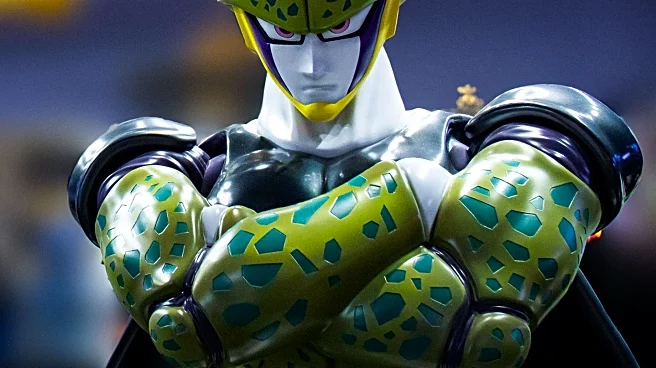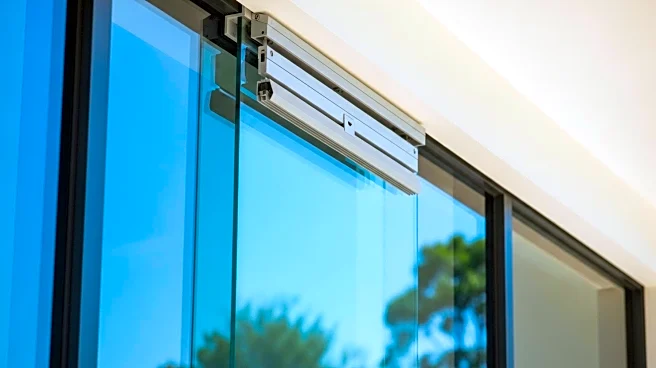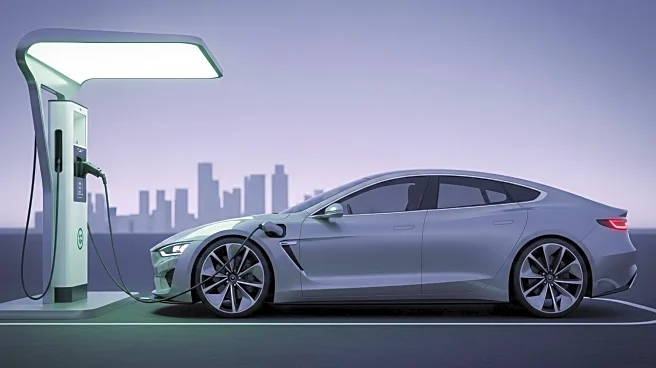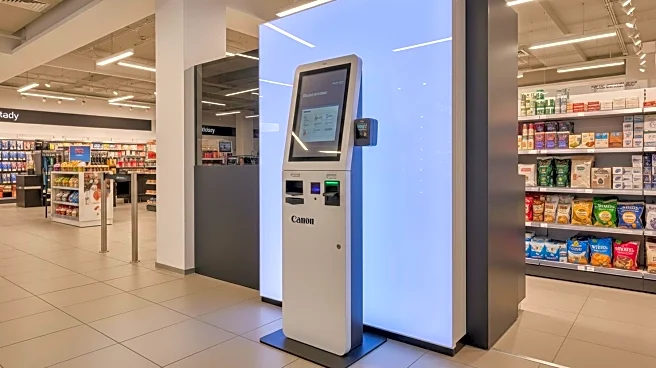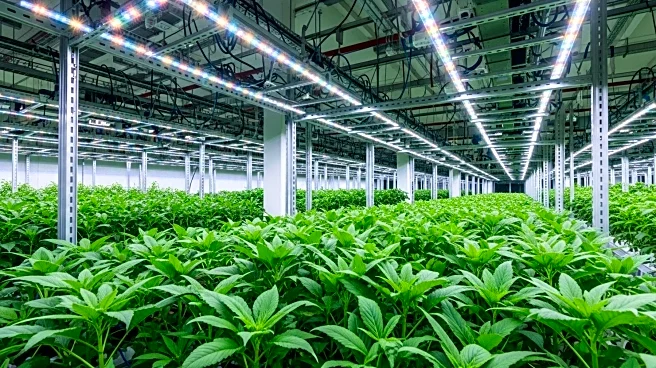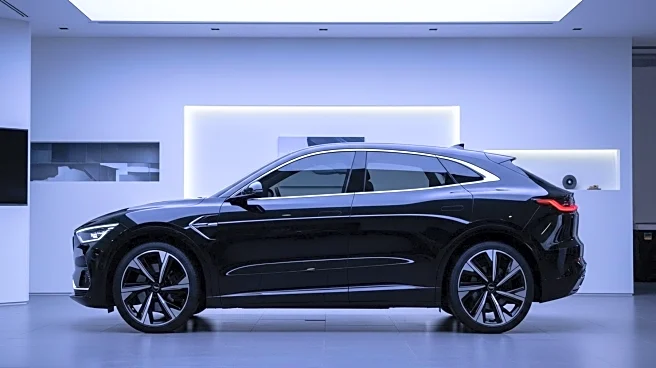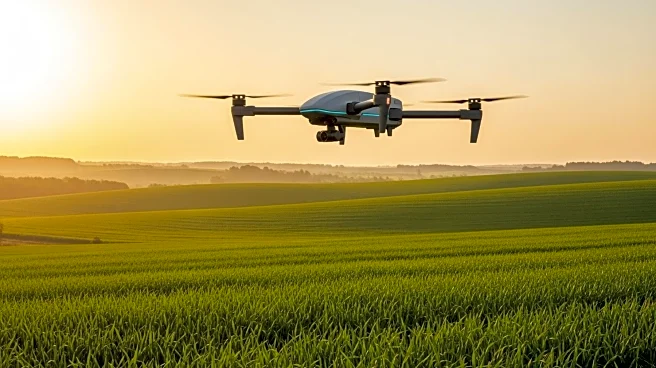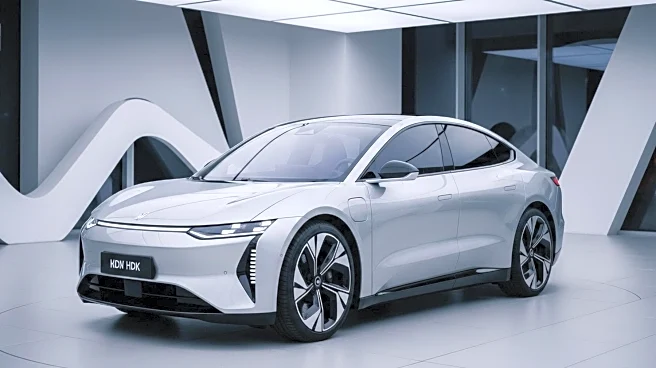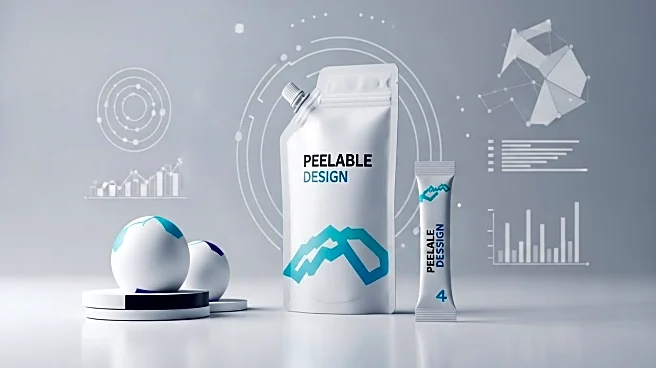What's Happening?
The U.S. self-cleaning glass market is set to experience significant growth, driven by advancements in architecture and automotive industries. Self-cleaning glass, which features special coatings that automatically remove dirt and water spots, is gaining traction due to its ability to enhance building aesthetics, reduce maintenance costs, and improve energy efficiency. The market is projected to grow at a compound annual growth rate (CAGR) of 4.22% from 2024 to 2031. Key players in the market include Nippon Sheet Glass, Guardian Industries, and Saint-Gobain. The increasing adoption of sustainable and smart building practices, along with the demand for energy-efficient solutions, is fueling this growth.
Why It's Important?
The expansion of the self-cleaning glass market reflects broader trends in sustainable construction and green building standards, such as LEED certification. As urban areas continue to develop, the demand for innovative building materials that offer both functional and environmental benefits is rising. This growth presents opportunities for manufacturers and suppliers in the glass industry to capitalize on the shift towards eco-friendly construction practices. Additionally, the automotive sector's interest in self-cleaning glass for vehicle windows highlights the potential for cross-industry applications, further driving market expansion.
What's Next?
The U.S. market is expected to maintain its leadership position in the self-cleaning glass industry, supported by ongoing research and development efforts. As the market evolves, companies may focus on enhancing the durability and effectiveness of self-cleaning coatings through innovations in nanotechnology. The continued emphasis on sustainability and energy efficiency in construction and automotive sectors will likely spur further adoption of self-cleaning glass solutions. Stakeholders in the industry should monitor regulatory developments and consumer preferences to align their strategies with emerging trends.

